BlackFire19
TPF Noob!
- Joined
- Sep 28, 2008
- Messages
- 24
- Reaction score
- 0
- Can others edit my Photos
- Photos NOT OK to edit
I think there are at least 3 different types of chemicals i just cant remember them so can someone give me how much of what i put in to make what chemical so i know how much when i am making them in my dark room?


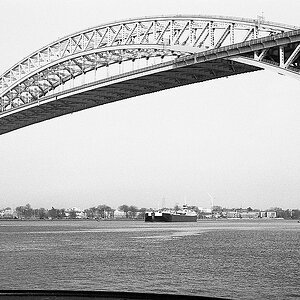
![[No title]](/data/xfmg/thumbnail/1/1592-cfae4a7ea791f96c6e2d03484be2e454.jpg?1619729144)
![[No title]](/data/xfmg/thumbnail/34/34344-0b42e0e92ad436e6710a1b9c4585d6df.jpg?1619736379)
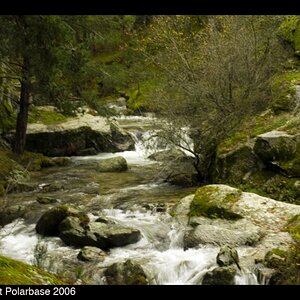
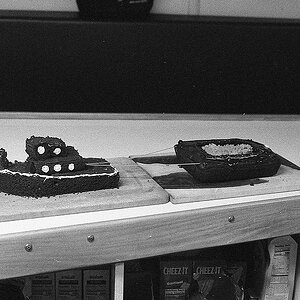

![[No title]](/data/xfmg/thumbnail/30/30994-49c5521f7b5b417f49dcd43891cbec27.jpg?1619734557)


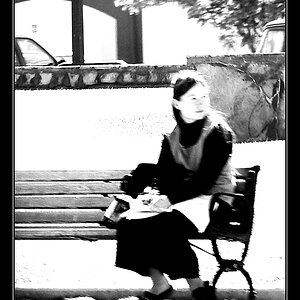
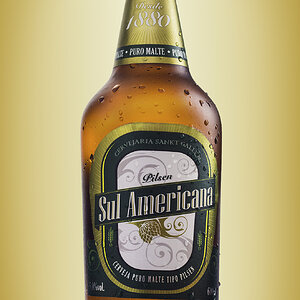
![[No title]](/data/xfmg/thumbnail/37/37628-b854997825aadb4eedaa3247baf8069f.jpg?1619738155)